There’s nothing difficult to sew in the Russafa jacket pattern, but it’s alsways nice to have a little extra help. So if you were hesitating to sew this pattern, this is perfect for you.
If you have any question, feel free to send me an email at info@paulinealicepatterns.com.
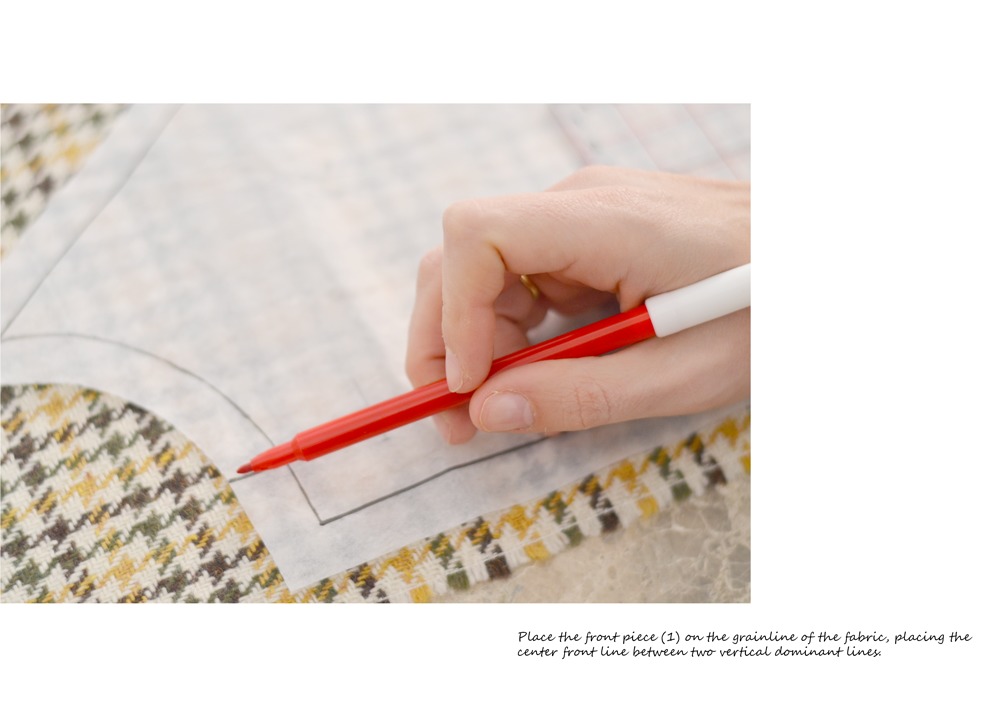
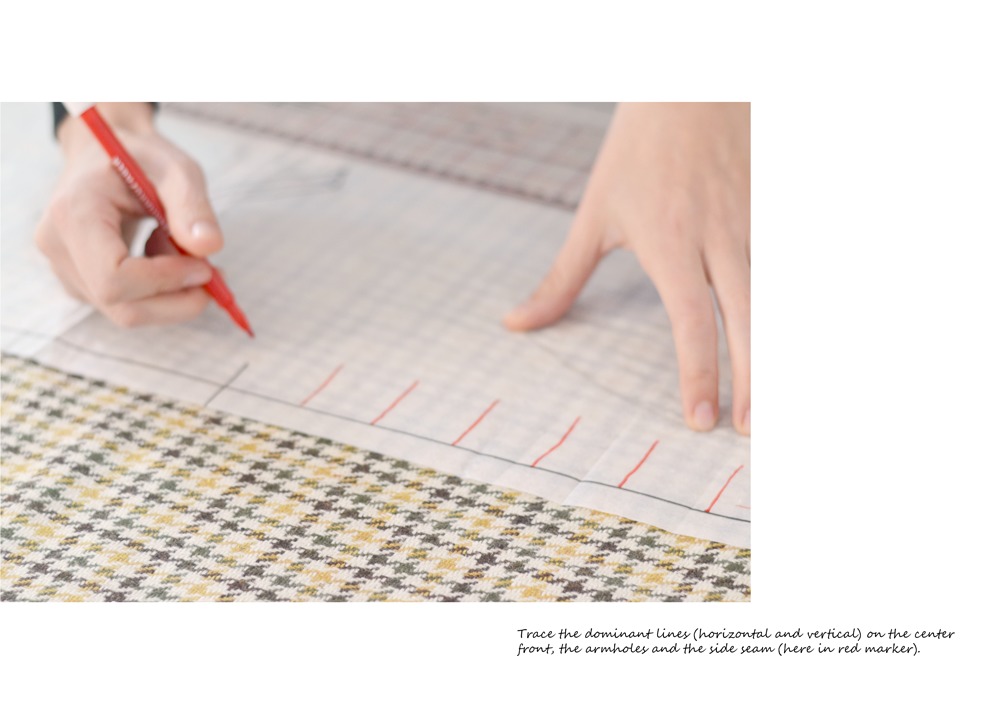
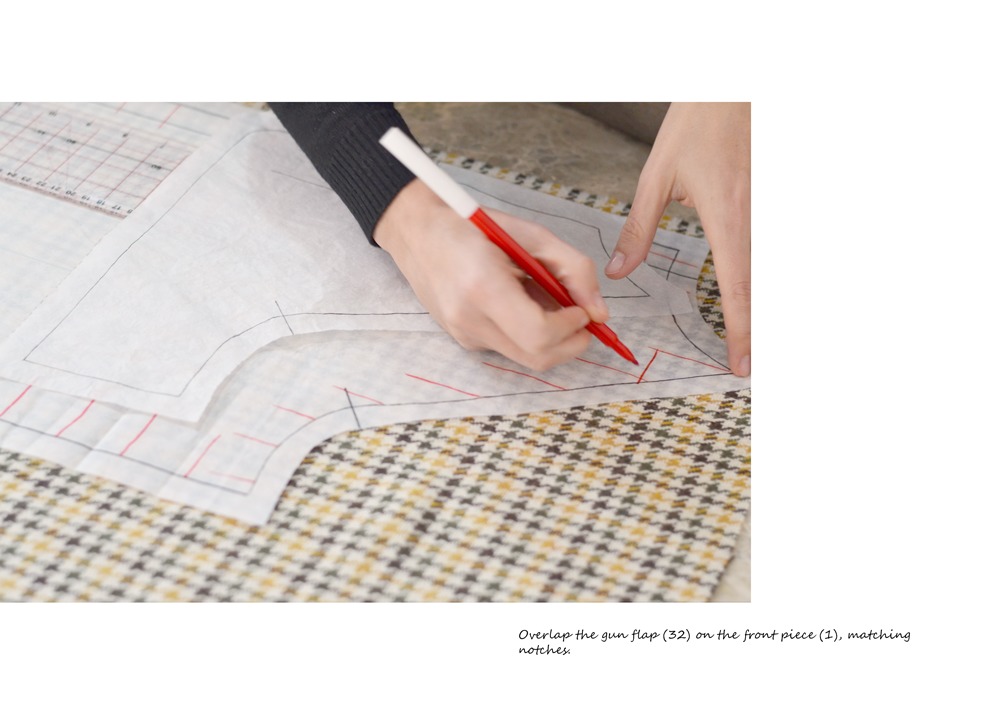
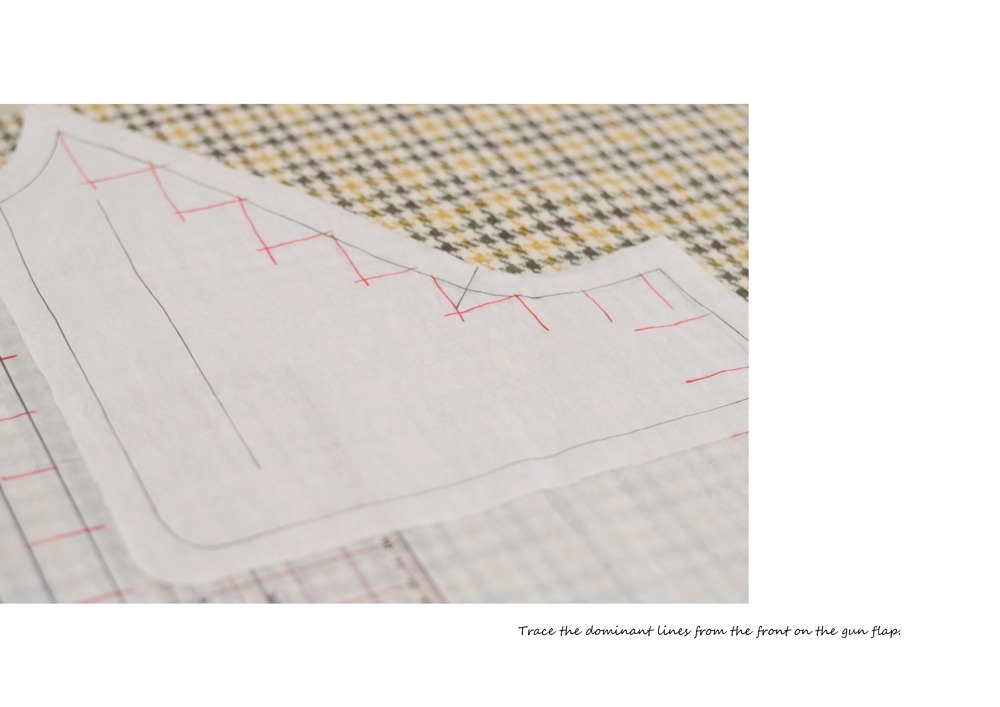
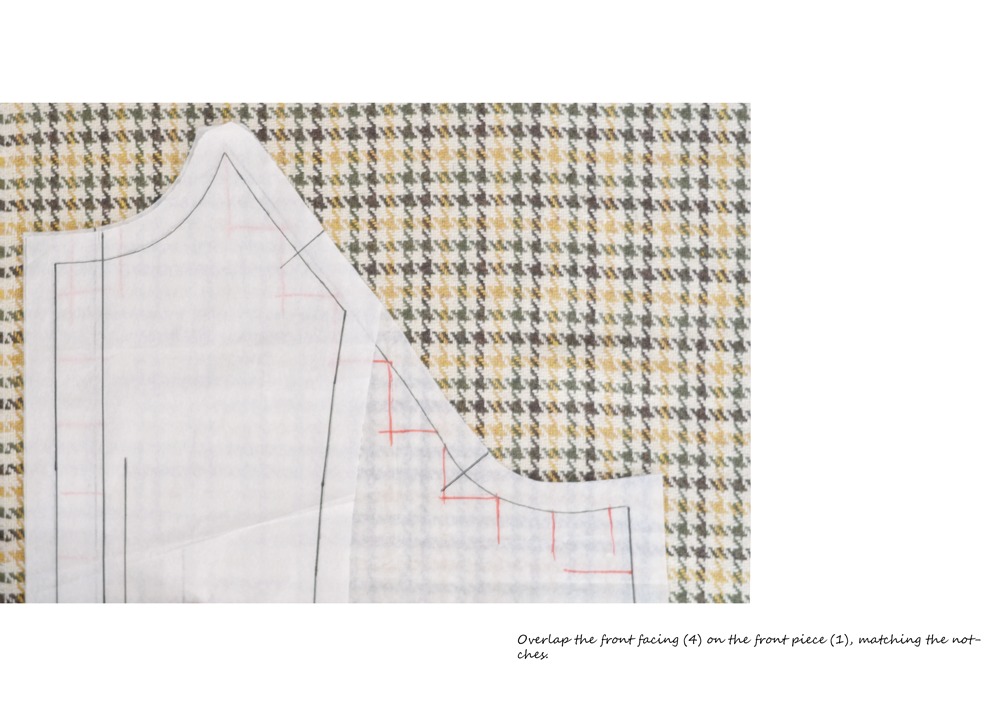
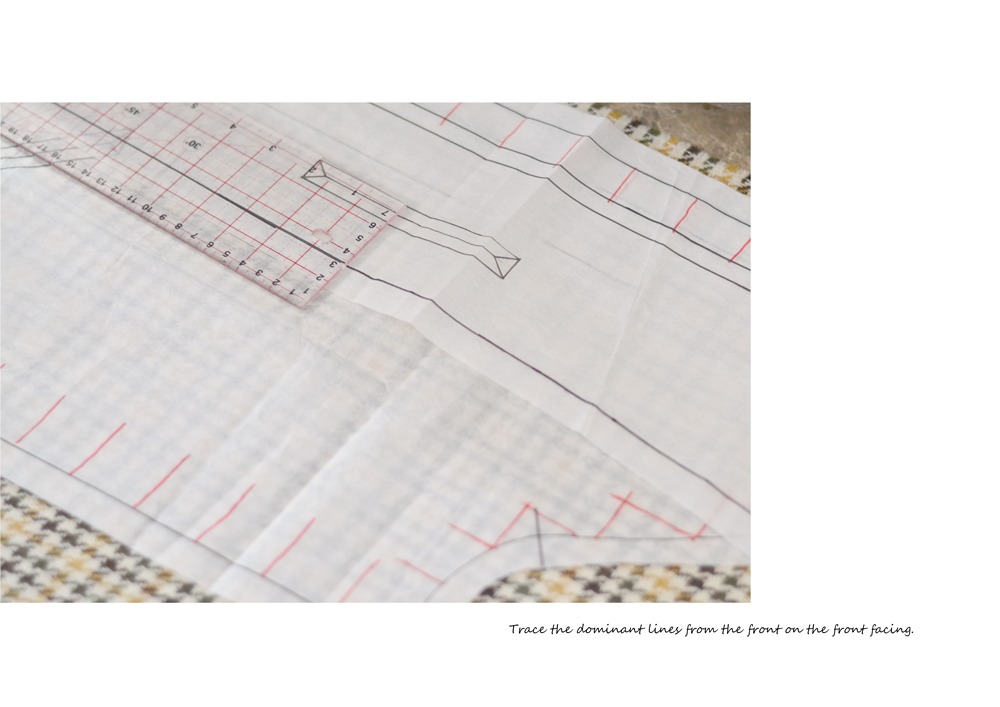
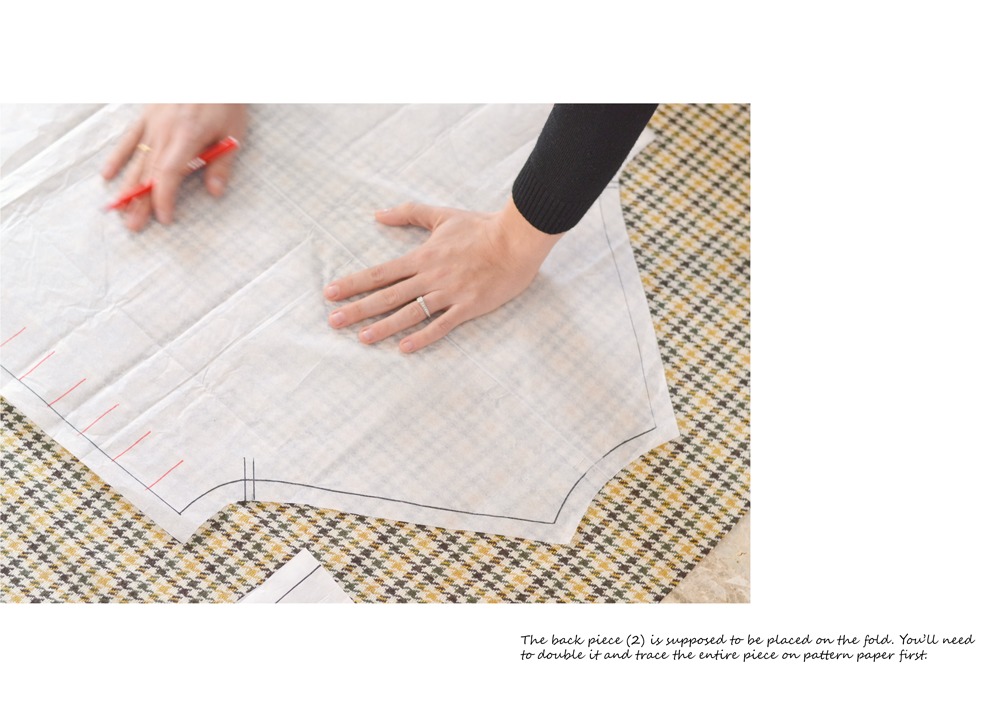
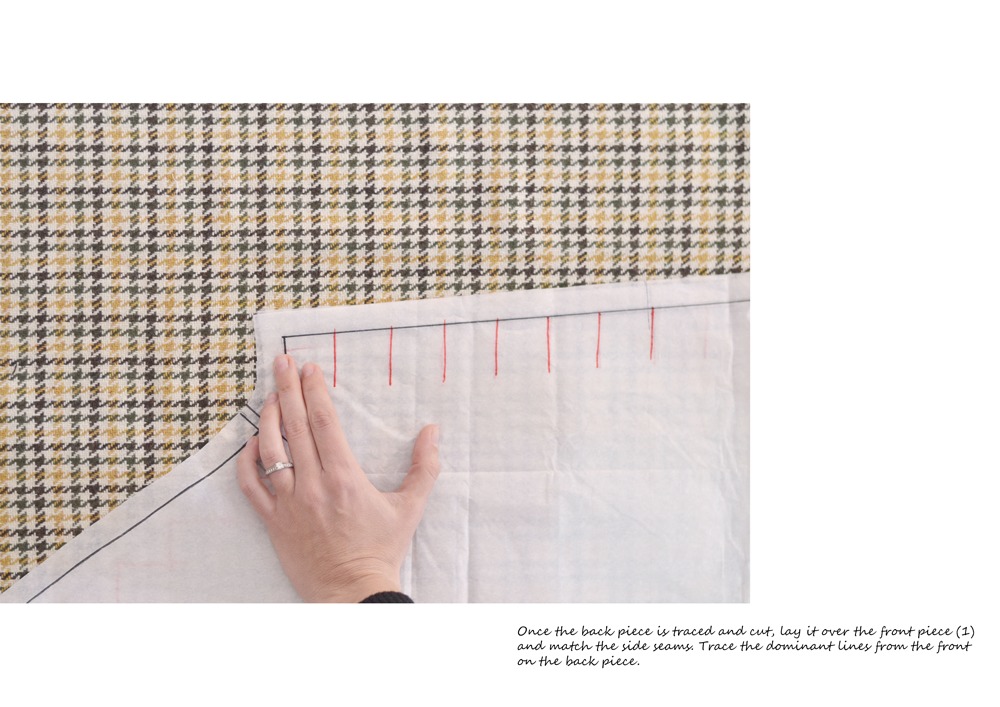
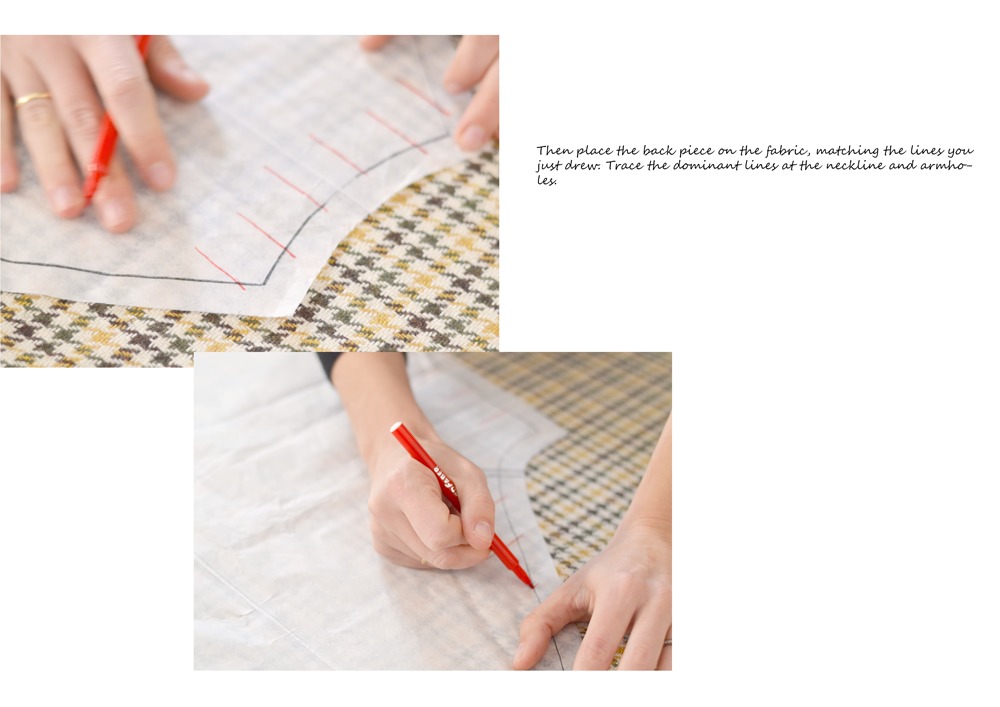
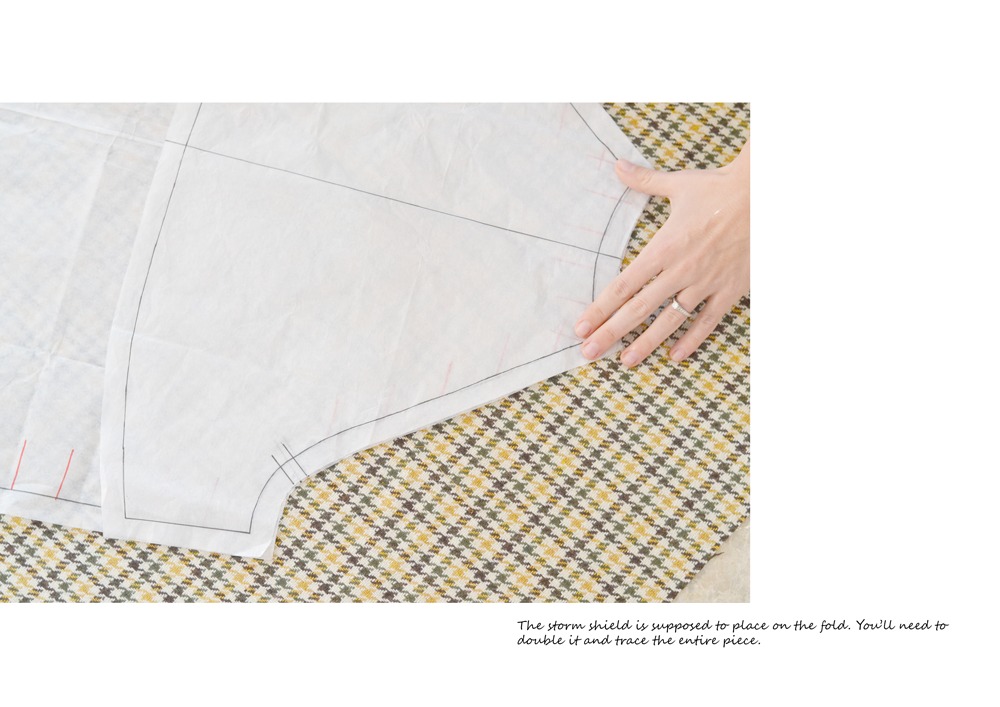
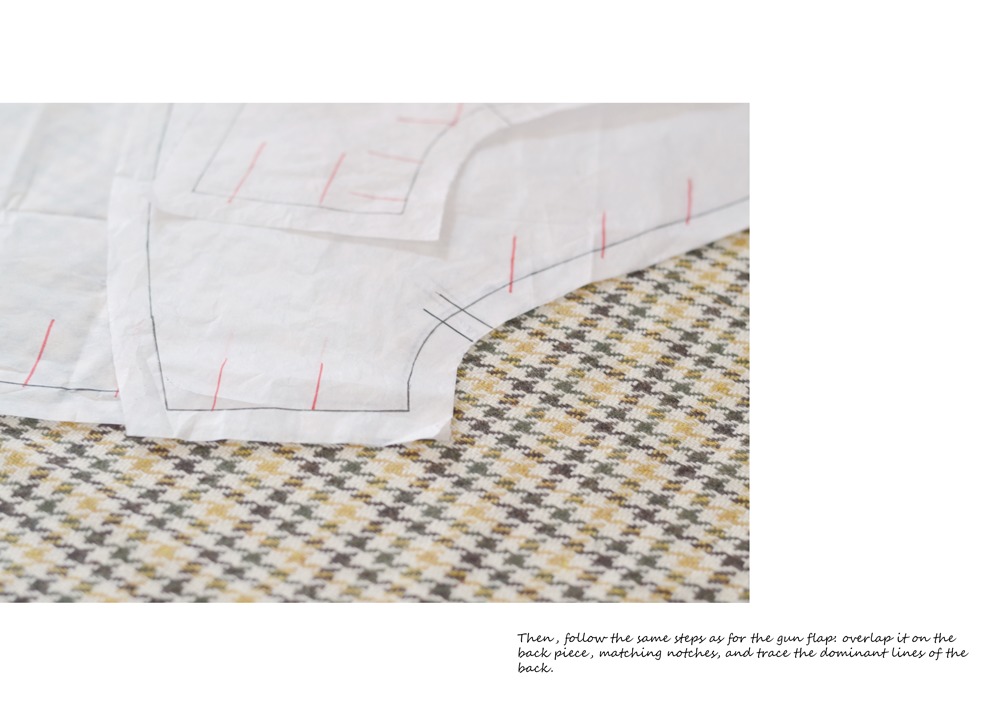
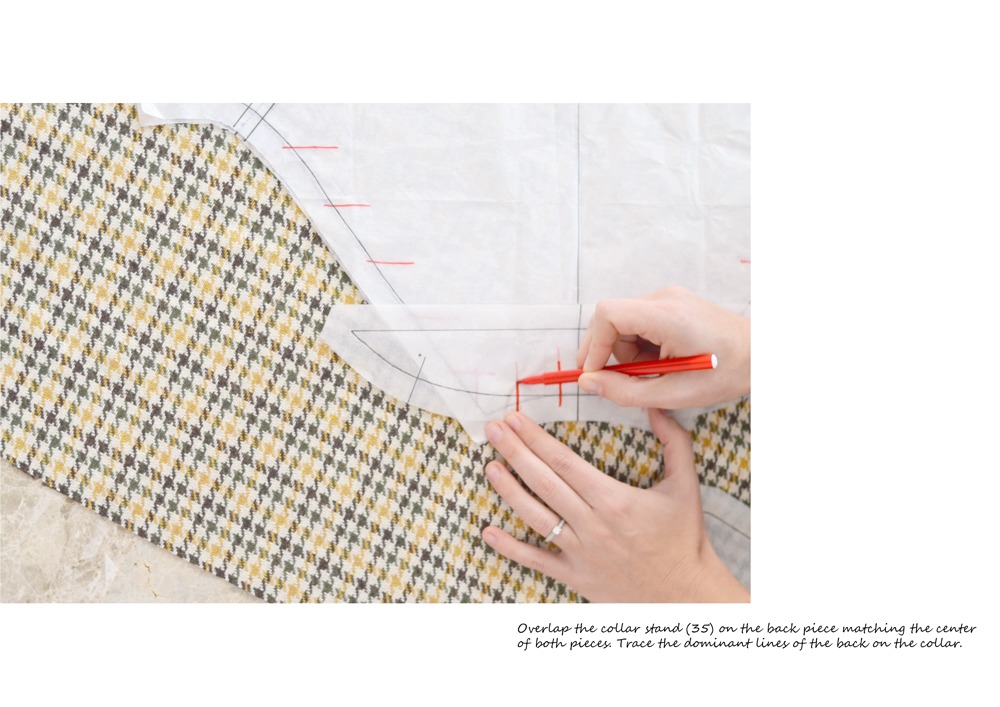
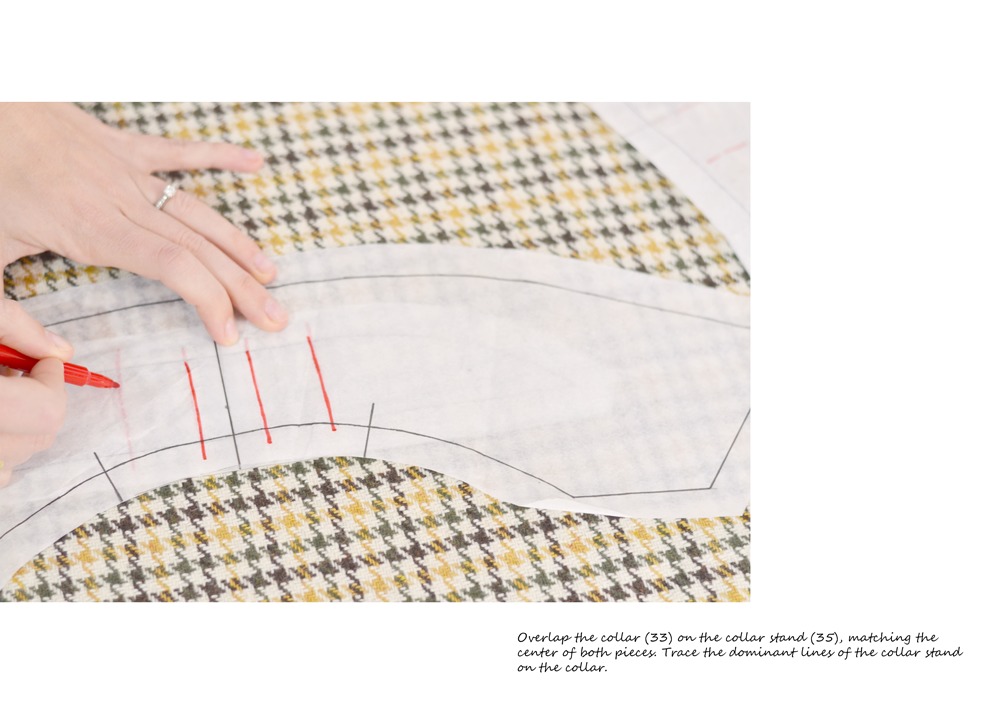
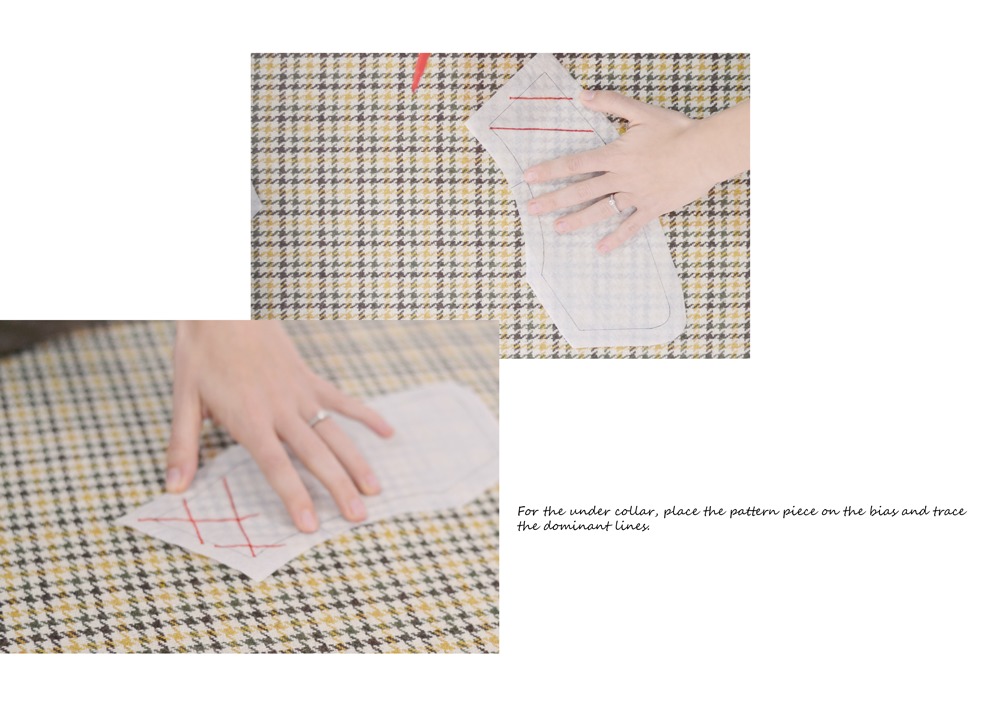
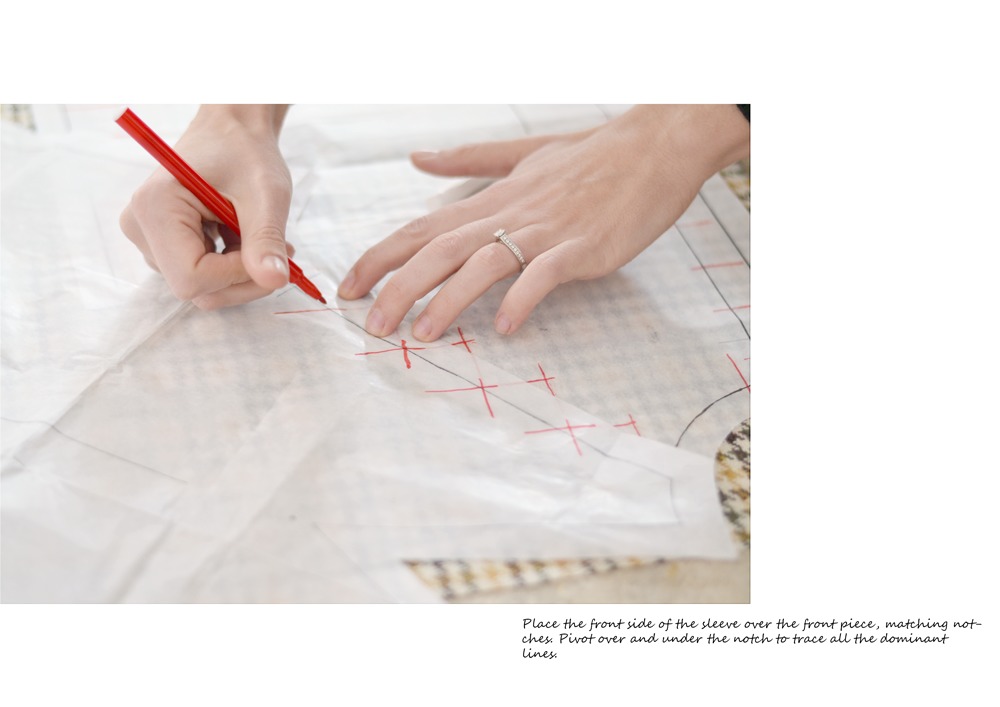
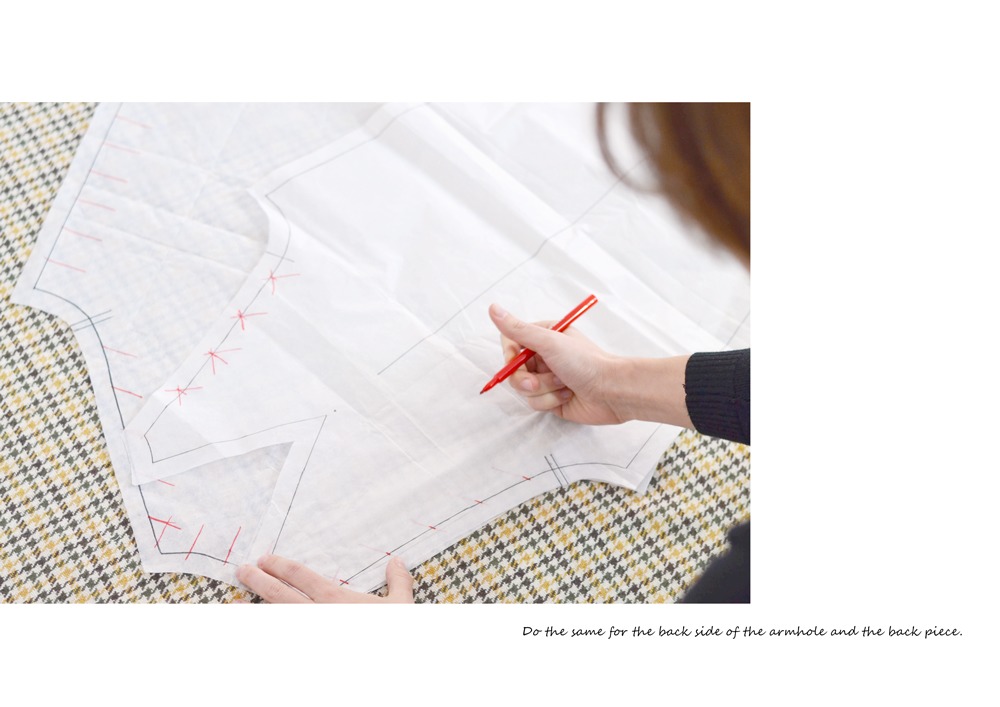
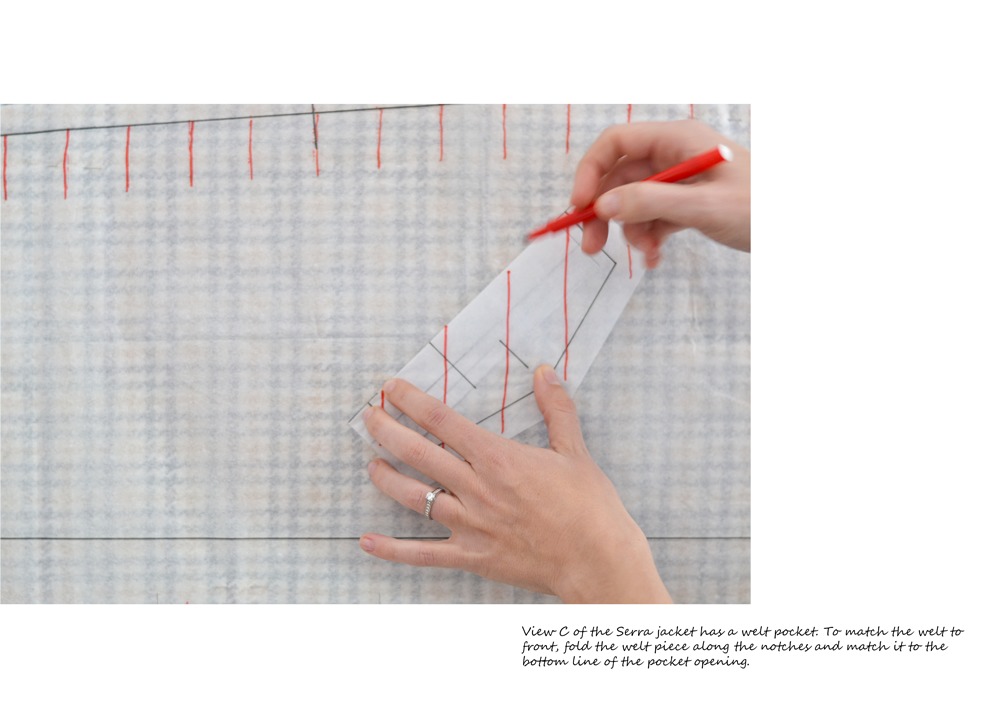
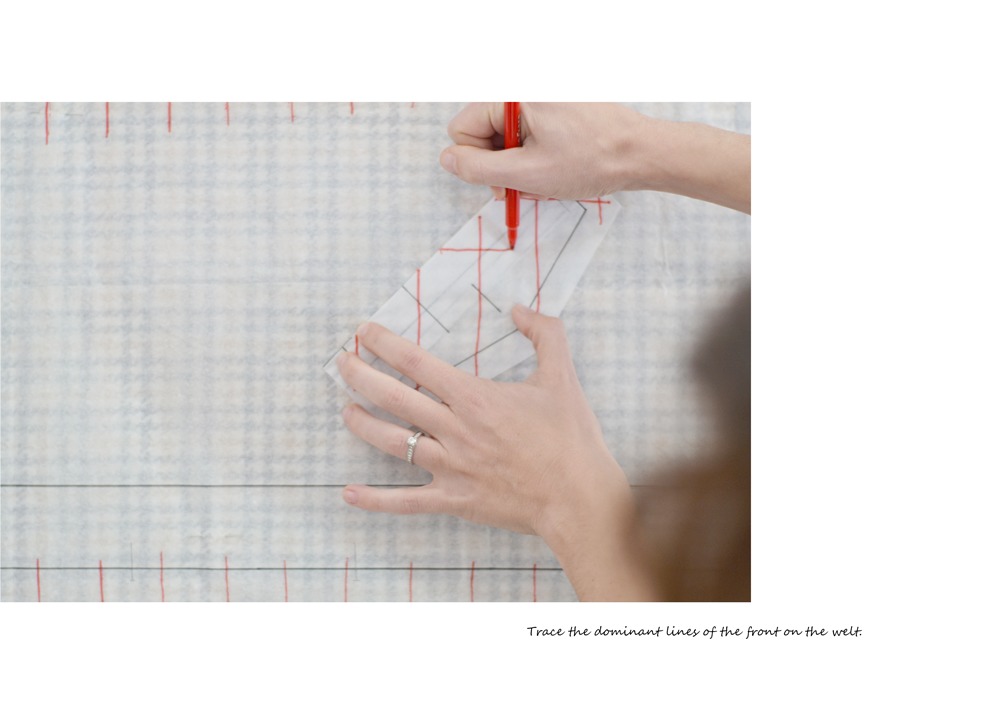
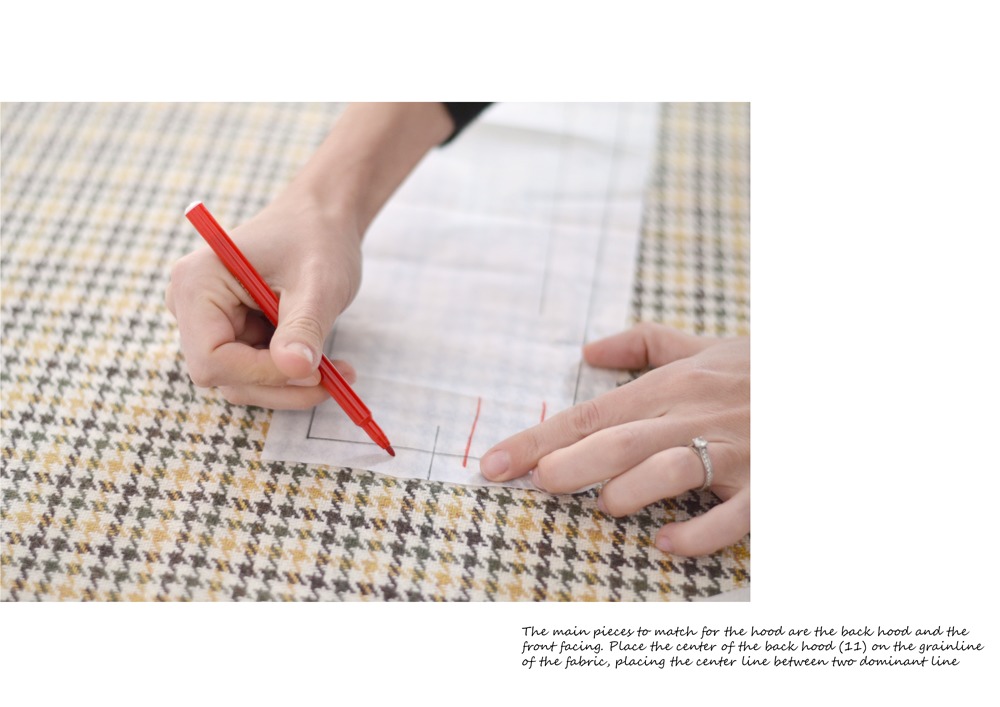
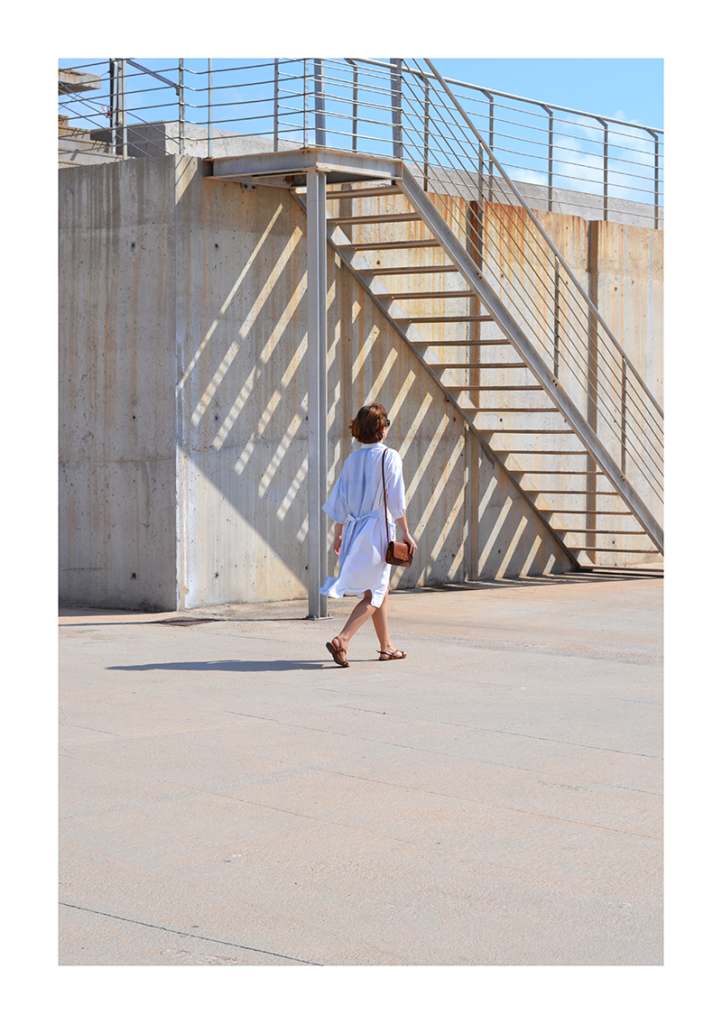
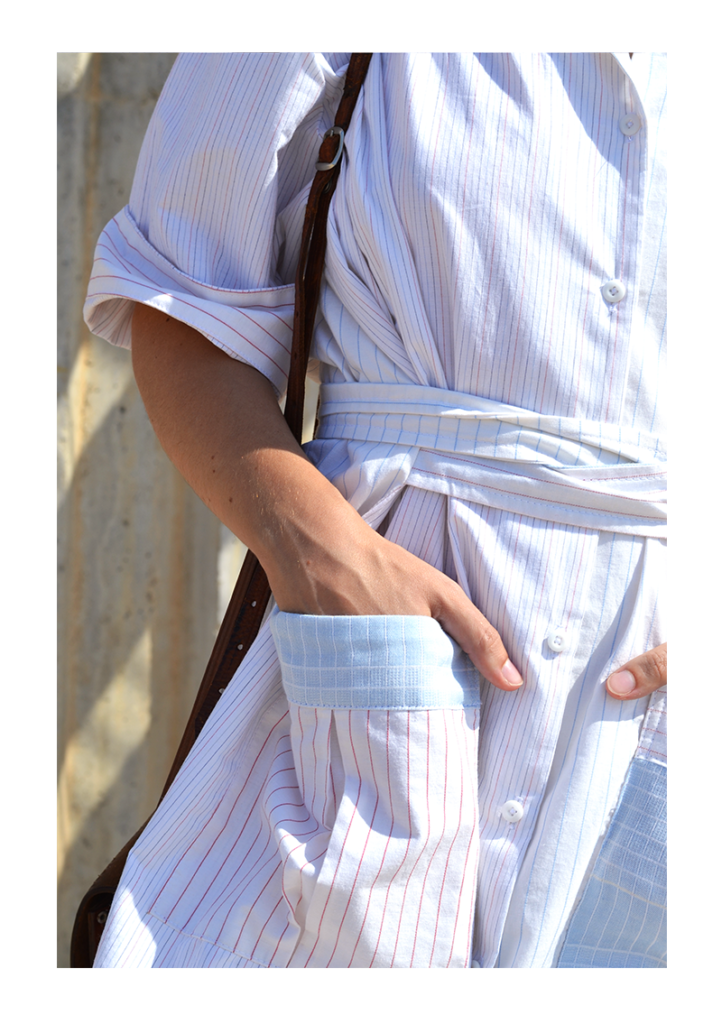
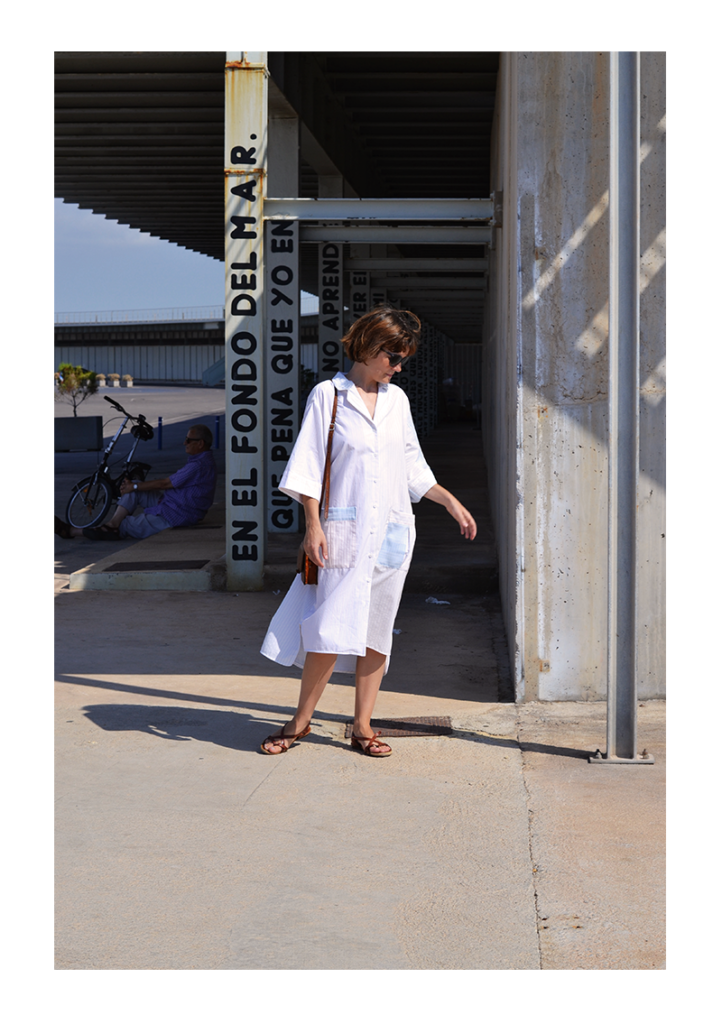
 1/ Choose the shirts you’re going to use based on weight and drape, but also colour, texture and patterns. Select 3 to 6 different fabrics. Stripes, checks, florals, dots, plain colour… don’t be shy and experiment to create a unique patchwork.
1/ Choose the shirts you’re going to use based on weight and drape, but also colour, texture and patterns. Select 3 to 6 different fabrics. Stripes, checks, florals, dots, plain colour… don’t be shy and experiment to create a unique patchwork. 2/ Cut the shirts along the seams and keep the big pieces : front, back and sleeves. You can keep the yoke, collar, cuffs and pocket if you want to add cool details or for another project. Make sure the fabrics are pressed before cutting. Cut the principal pieces into rectangles as big as possible.
2/ Cut the shirts along the seams and keep the big pieces : front, back and sleeves. You can keep the yoke, collar, cuffs and pocket if you want to add cool details or for another project. Make sure the fabrics are pressed before cutting. Cut the principal pieces into rectangles as big as possible.
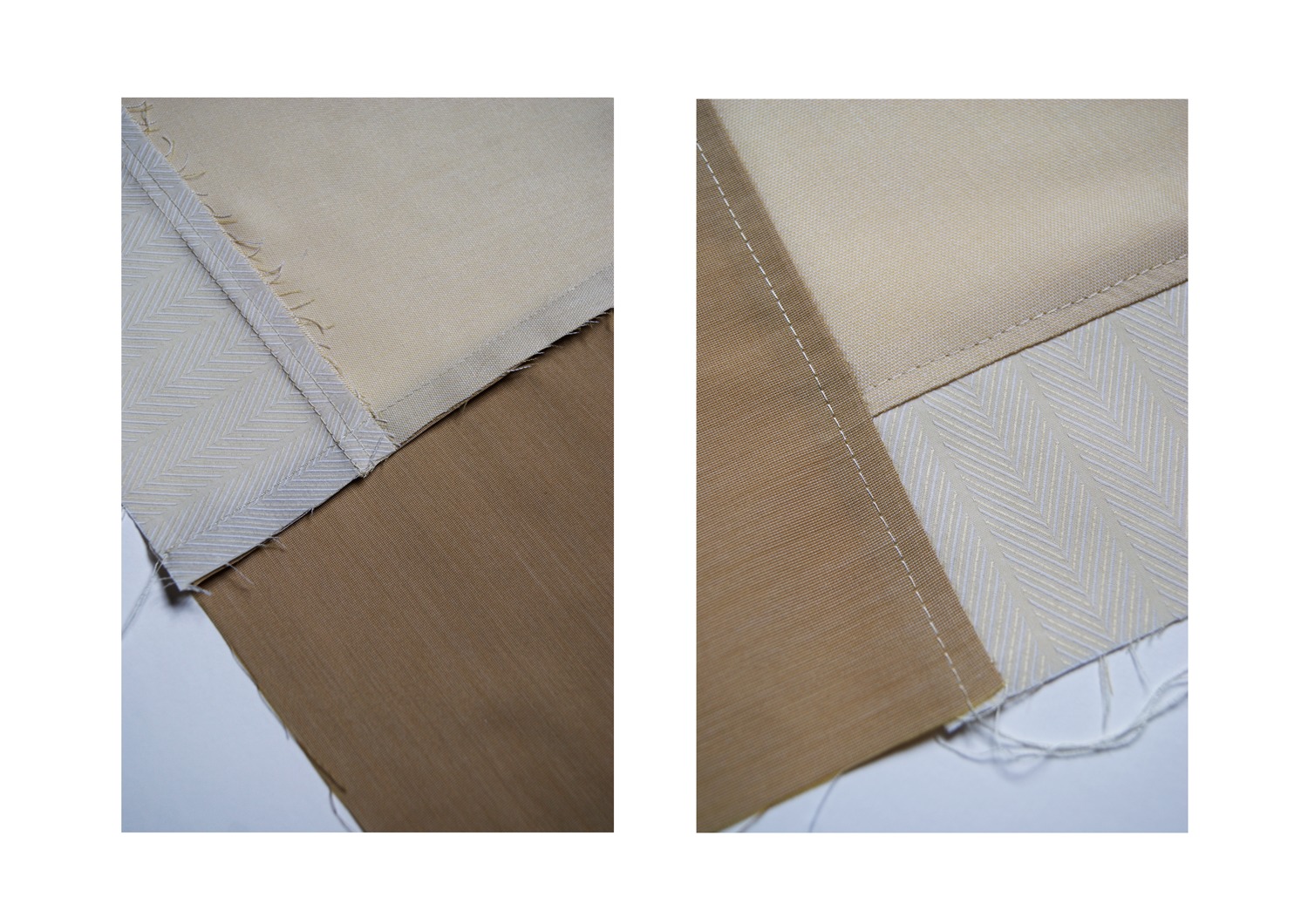 If you have a serger, use it to finish the seam allowances. You could also use a zigzag stitch or bind the seam allowances. I have left the seams raw but the topstitching will prevent them to fray too much.
If you have a serger, use it to finish the seam allowances. You could also use a zigzag stitch or bind the seam allowances. I have left the seams raw but the topstitching will prevent them to fray too much.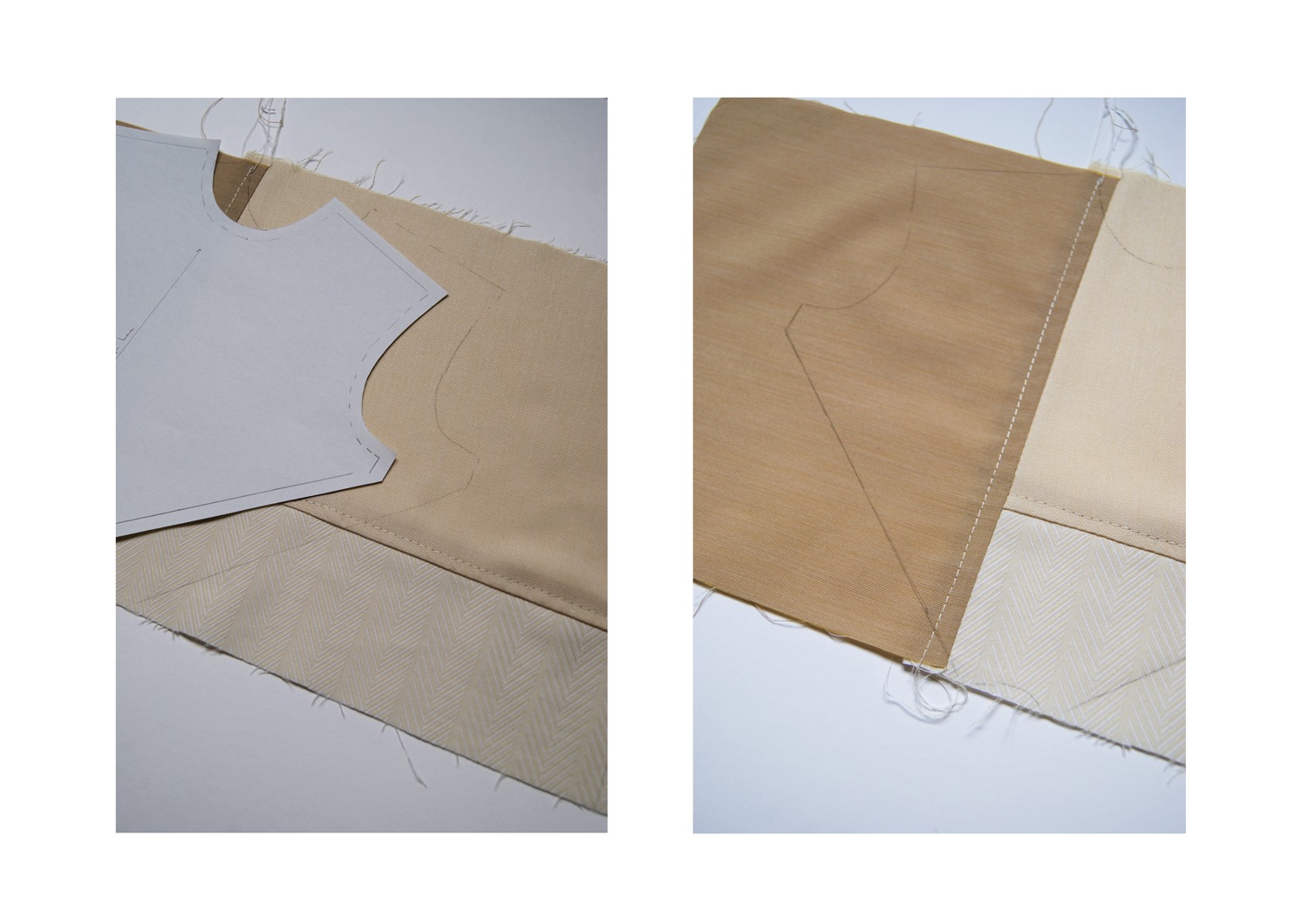
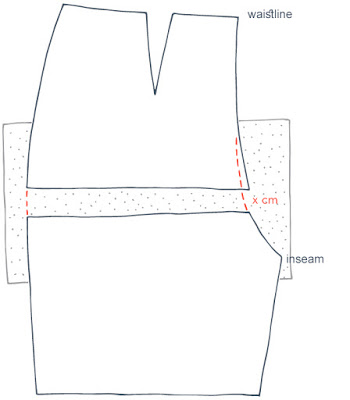
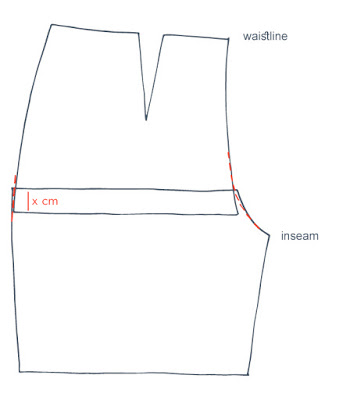
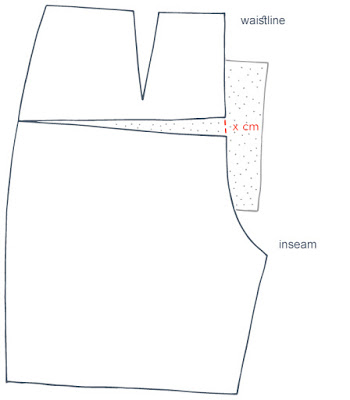

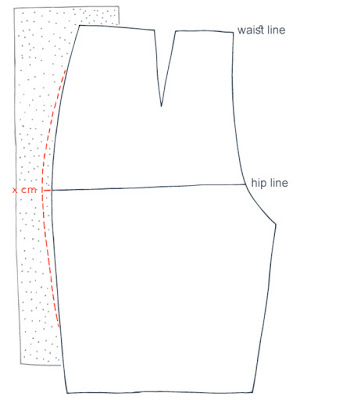
 1. These are the pieces you’ll need to install the zipper:
1. These are the pieces you’ll need to install the zipper: 2. Finish the center front seam of the front pieces with serger or zigzag stitch. Repport your marks on the front pieces.
2. Finish the center front seam of the front pieces with serger or zigzag stitch. Repport your marks on the front pieces.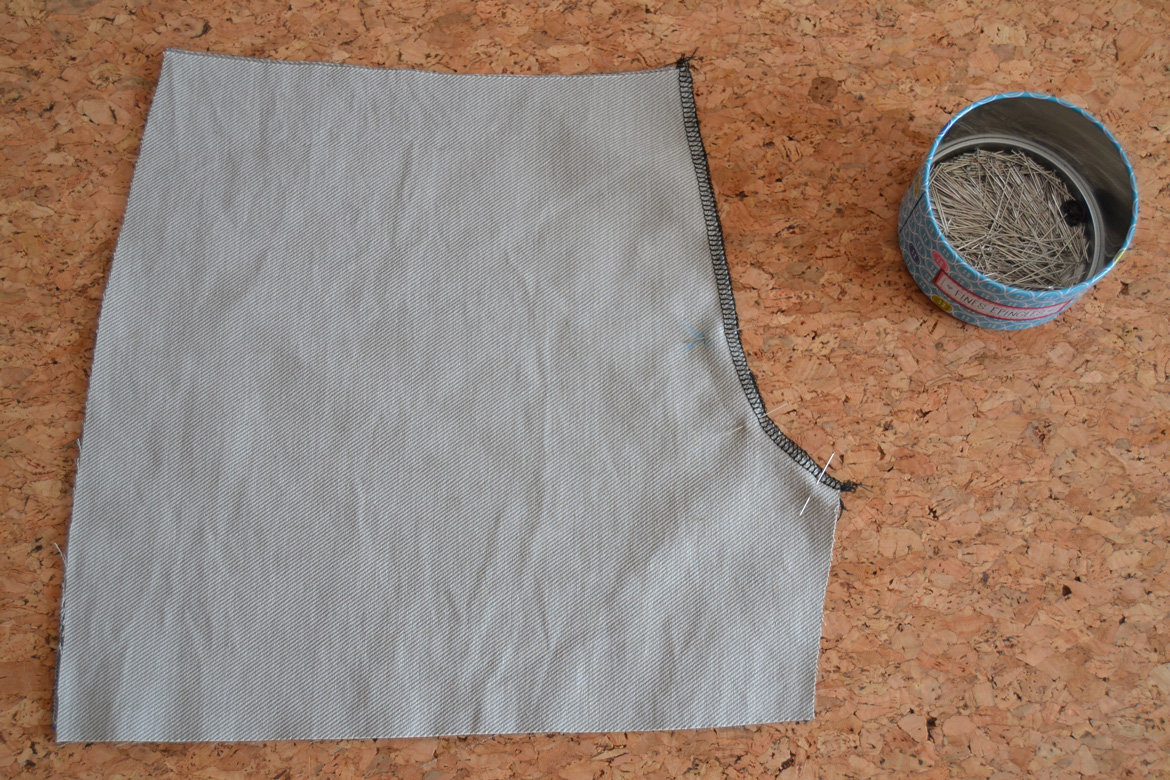
 3. With right sides together, pin the front pieces together at the center front seam.
3. With right sides together, pin the front pieces together at the center front seam.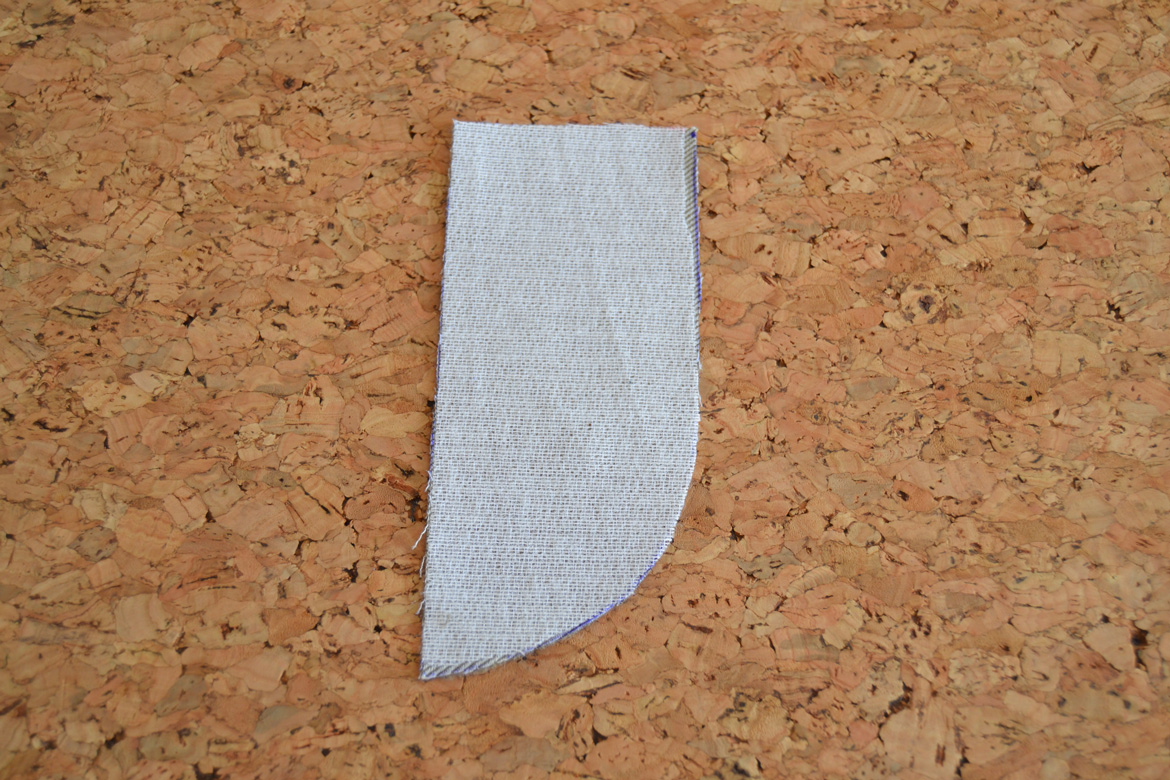
 5. Interface the fly facing piece.
5. Interface the fly facing piece.
 7. Pin the fly facing to the left side front piece (when you wear the trousers) with right sides together.
7. Pin the fly facing to the left side front piece (when you wear the trousers) with right sides together.
 9. Open the fly facing. Trim and press the seam allowances toward the front.
9. Open the fly facing. Trim and press the seam allowances toward the front.

 11. Interface the fly shield piece.
11. Interface the fly shield piece.


 14. Press the right side front piece (when you wear the trousers) 0,5 cm (1/4″) toward the inside.
14. Press the right side front piece (when you wear the trousers) 0,5 cm (1/4″) toward the inside. 18. Pin the fly shield out of the way so that it won’t get caught when we sew the fly topstitch.
18. Pin the fly shield out of the way so that it won’t get caught when we sew the fly topstitch.
 19. Close the zipper (but don’t cut it yet). Place the trousers front correctly and draw the topstitching line (you can use the front pattern piece or the fly facing as guide).
19. Close the zipper (but don’t cut it yet). Place the trousers front correctly and draw the topstitching line (you can use the front pattern piece or the fly facing as guide).
 21. Unpin the fly shield and place it over the zipper. Pin in place again.
21. Unpin the fly shield and place it over the zipper. Pin in place again. 23. There you go, an easy way to insert a fly front zipper!
23. There you go, an easy way to insert a fly front zipper!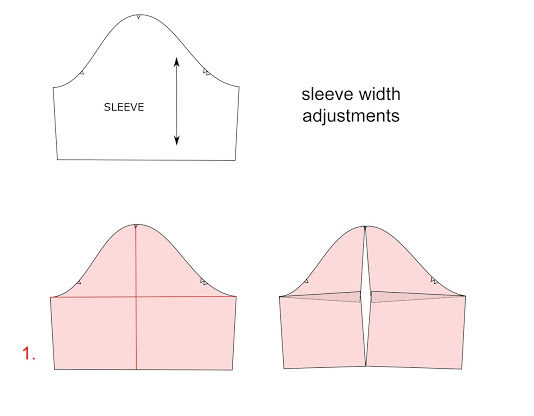
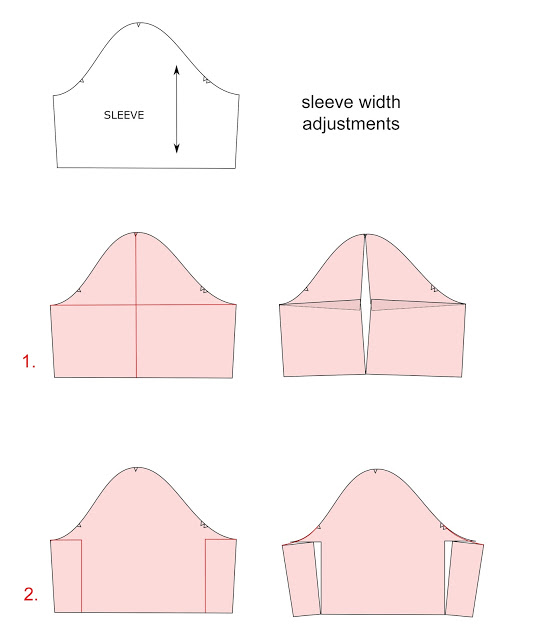 Method 1.
Method 1.